I am trying to implement the Pikachu image on the hoarding board using warpPerspective transformation. The output doesn't have smooth edges it has dotted points instead.
import cv2
import numpy as np
image = cv2.imread("base_img.jpg")
h_base, w_base = image.shape[0], image.shape[1]
white_subject = np.ones((480,640,3),dtype="uint8")*255
h_white, w_white = white_subject.shape[:2]
subject = cv2.imread('subject.jpg')
h_sub, w_sub = subject.shape[:2]
pts2 = np.float32([[109,186],[455,67],[480,248],[90,349]])
pts3 = np.float32([[0, 0], [w_white, 0], [w_white, h_white], [0, h_white]])
transformation_matrix_white = cv2.getPerspectiveTransform(pts3, pts2)
mask = cv2.warpPerspective(white_subject, transformation_matrix_white, (w_base, h_base))
image[mask==255] = 0
pts3 = np.float32([[0, 0], [w_sub, 0], [w_sub, h_sub], [0, h_sub]])
transformation_matrix = cv2.getPerspectiveTransform(pts3, pts2)
warped_image = cv2.warpPerspective(subject, transformation_matrix, (w_base, h_base))
Hoarding board image
Pikachu Image
Output Image
Pattern Image
Please help me out in getting the output without the dotted point at the edges.

